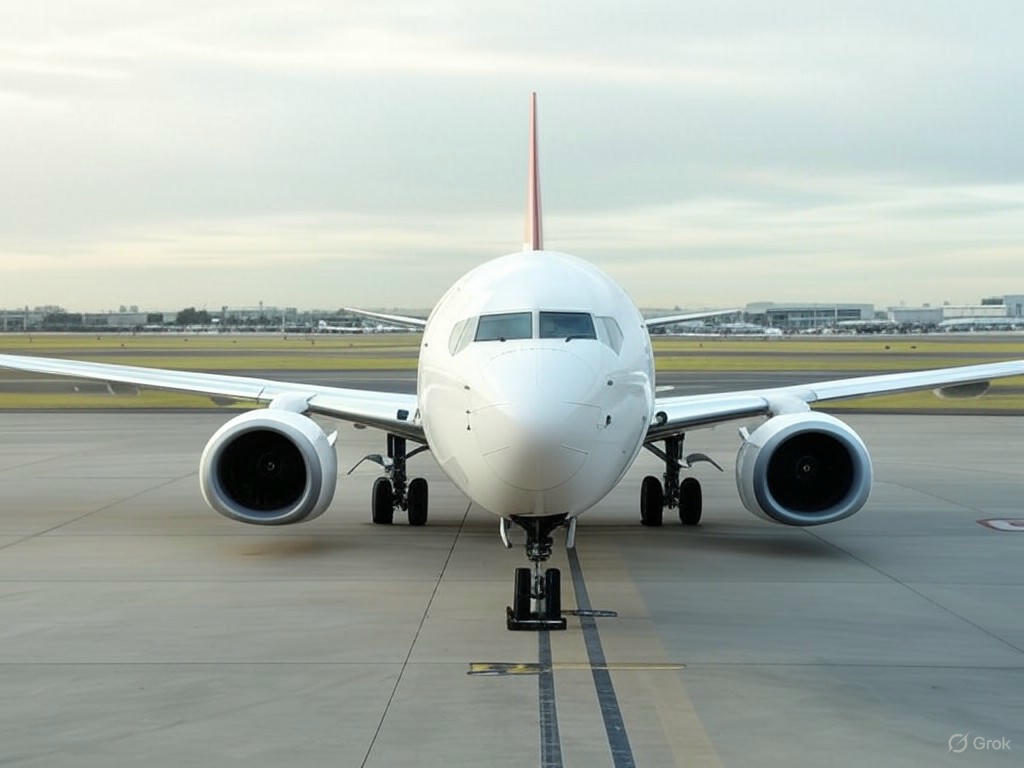Qantas Shuts Down Jetstar Asia Amidst Rising Costs and Fierce Competition
In a surprising move, Qantas, Australia’s flagship airline, has announced the closure of its Singapore-based budget carrier, Jetstar Asia. The decision comes as the aviation giant grapples with mounting financial pressures and a rapidly changing market landscape in the low-cost airline sector. This strategic retreat signals a pivotal shift for Qantas as it reassesses its global footprint to focus on core operations.
Jetstar Asia, launched as part of Qantas’ expansion into the budget travel market, has long served as a key player in connecting passengers across Southeast Asia. However, the airline has faced significant challenges in recent years. Soaring operational expenses, including escalating supplier costs and increased airport charges, have squeezed profit margins. At the same time, the low-cost carrier segment has become a battleground, with aggressive pricing wars and new entrants vying for market share. For Jetstar Asia, maintaining competitiveness in this cutthroat environment has proven unsustainable, prompting Qantas to pull the plug.
The closure reflects broader struggles within the aviation industry, where budget airlines often operate on razor-thin margins. Rising fuel prices and fluctuating demand have only added to the woes of carriers like Jetstar Asia, which rely heavily on high passenger volumes to stay afloat. Additionally, regional hubs like Singapore have seen a surge in airport fees, further straining the budgets of smaller players. Qantas’ decision to shutter the subsidiary underscores the harsh realities of balancing affordability for customers with financial viability for the company.
Industry analysts suggest that Qantas may redirect resources from Jetstar Asia to strengthen its primary brand and other profitable ventures. This could mean a renewed focus on long-haul routes or investments in sustainable aviation technologies, areas where Qantas has shown ambition in recent years. While the move may disappoint loyal Jetstar Asia customers, it could provide Qantas with the financial breathing room needed to navigate turbulent times. The company has yet to disclose detailed plans for affected staff and passengers, but assurances of support during the transition are expected in the coming weeks.
The shutdown of Jetstar Asia also raises questions about the future of low-cost carriers in the Asia-Pacific region. With one less competitor in the ring, other budget airlines may seize the opportunity to expand their reach. However, they too will face the same economic headwinds that led to Jetstar Asia’s demise. For now, travelers in the region may experience reduced options and potentially higher fares as the market adjusts to this significant exit.
As Qantas recalibrates its strategy, the closure of Jetstar Asia serves as a stark reminder of the volatile nature of the airline industry. Economic pressures, fierce rivalries, and shifting consumer trends continue to challenge even the most established players. While this chapter ends for Jetstar Asia, Qantas appears poised to chart a new course, hoping to emerge stronger in an ever-evolving global market.


